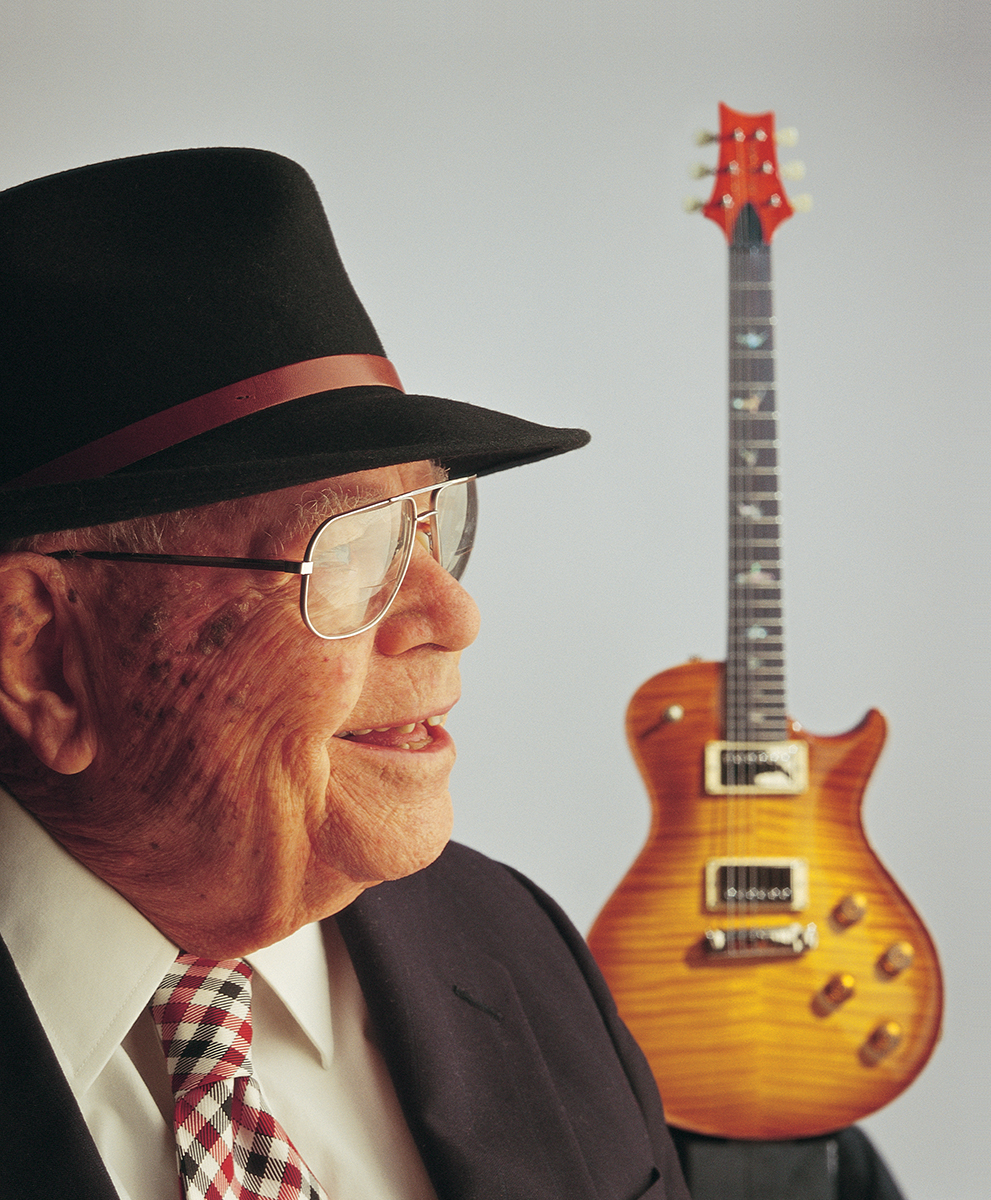If I understand this correctly, they’re able to tune the resonant frequency of each pickup.
On a synth, the resonant frequency is set with the lowpass filter and resonance control. The resonance is a high frequency peak right at the point where the filter starts to roll off high end. It can be set to create a small peak, or a large peak in the frequency response, or something in between, or it can be turned off.
Some filters allow more than one resonant peak. But wherever you set resonance, it’s going to affect that frequency, I.e., that note. And because all notes throw off multiple harmonics, you’re always going to hear that frequency to a greater or lesser degree in the overtones.
On most pickups, that resonant peak is left to random chance. Paul’s doing what a synthesist does with a resonant filter - - he’s tuning it to compliment the particular guitar design.
You’re hearing it of course; resonances and harmonic overtones are what makes a Strat sound different from a Les Paul. It’s the stuff that gives a guitar a particular voice.
What Paul’s doing is tuning that voice. Cool concept.
It isn’t necessary that one is able to identify the frequency of that resonant peak. It’s basically still a question of whether the guitar sounds good to us when we play it.
Because the pickups aren’t the only resonance a guitar has. There’s also the wood, the metal parts, the strings, and even the plastic bits. They all vibrate, and they all have their own resonances. But being the transducer directly connected to the amp electrically, the pickups’ resonances are pretty important.




